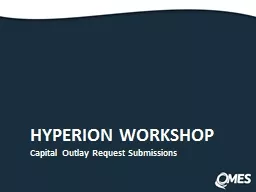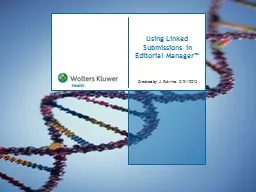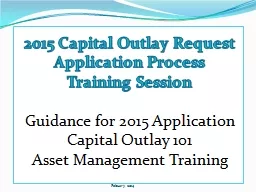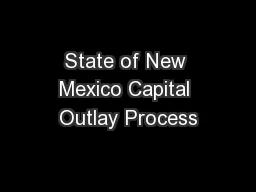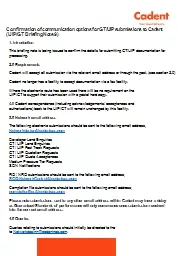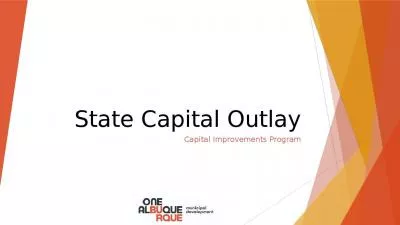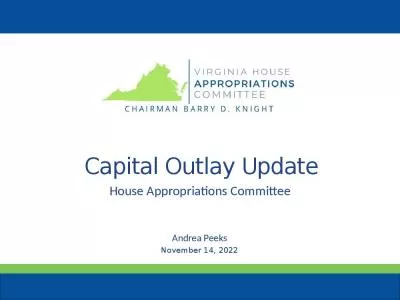PPT-HYPERION WORKSHOP Capital Outlay Request Submissions
Author : luanne-stotts | Published Date : 2018-09-18
Agenda Overview of Capital Improvements Plan process Evaluation Guidelines Cost Estimation amp Phasing Submittal Expectations Creating a Decision Package Next
Presentation Embed Code
Download Presentation
Download Presentation The PPT/PDF document "HYPERION WORKSHOP Capital Outlay Request..." is the property of its rightful owner. Permission is granted to download and print the materials on this website for personal, non-commercial use only, and to display it on your personal computer provided you do not modify the materials and that you retain all copyright notices contained in the materials. By downloading content from our website, you accept the terms of this agreement.
HYPERION WORKSHOP Capital Outlay Request Submissions: Transcript
Download Rules Of Document
"HYPERION WORKSHOP Capital Outlay Request Submissions"The content belongs to its owner. You may download and print it for personal use, without modification, and keep all copyright notices. By downloading, you agree to these terms.
Related Documents

